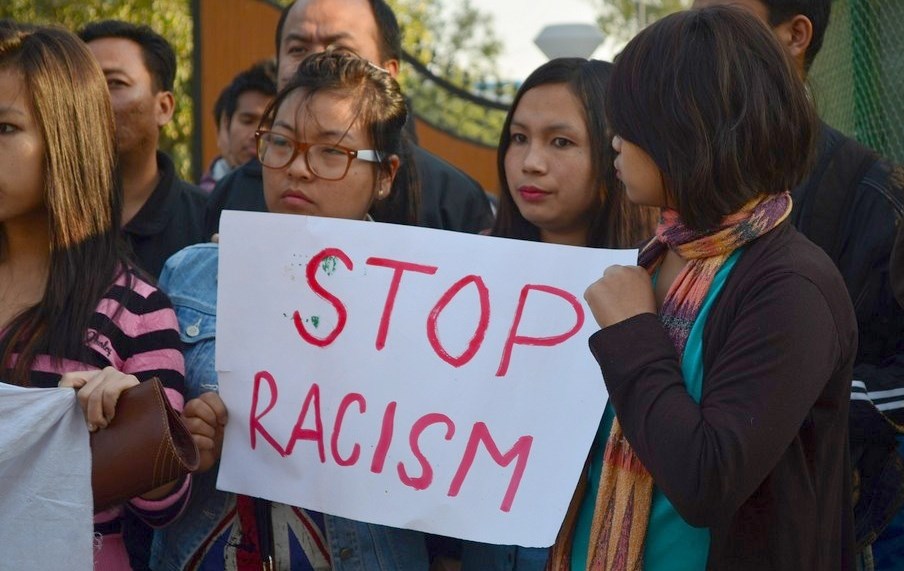
If you say repeatedly that 3.5 million people have died during the approximately 18 months since COVID-19 made its appearance, it may look quite frightening. But if you say that about 4 per cent of the total deaths in the world during this period ( roughly 3.5 million out of 87 million , the likely total world mortality figure for this period on the basis of norms )were caused by COVID-19, then the pandemic starts looking less frightening. If it is remembered that a very high share of COVID-19 mortality involves other factors as well ( co-morbidity) and death with Covid virus ( or in the presence of Covid virus ) is not the same as death by Covid virus, then the Covid fright would appear even less stronger.
If further you say that the COVID-19 mortality during this period has been even less than one-third of the deaths caused by alcohol and tobacco during this period, then the fear of COVID-19 mortality would decrease even more. But this is the reality. The norm for tobacco plus alcohol deaths in a year according to WHO data is 8 million in one year ( 12 months) so it would be 12 million in 18 months , and COVID-19 deaths at 3.5 million are much less than one-third of this.
Now imagine that alcohol and tobacco death figures of daily mortality are presented in the same scary way in media with close-ups of the damage caused to lungs and other organs, and in addition non-mortality impacts such as contribution of alcohol to various kinds of violence and crimes are also highlighted, then this would start appearing like the biggest problem, whereas it is treated at present as a commonplace aspect of society.
However some people may say that the comparison should be with some other infectious diseases and therefore we can take up a comparison of TB with COVID-19 in India. Tuberculosis has been one of the most damaging infectious diseases of India for several decades. COVID-19 has been the most feared disease In India for over a year now.
If we look at the data for 2020 then this year the mortality from COVID-19 was about one-fourth ( or at the most one third) compared to that for TB. This is based on WHO figure of 4.2 lakh TB deaths in a year in India, which while higher than the government estimate is accepted much more widely than the government estimate with a more limited base. The WHO figure for TB deaths of course differs from year to year , but it has been around this figure.
Now just imagine if right through 2020 the four times high mortality of TB had been reported on a daily basis with close-ups of persons in advance stage of TB , then what a scare this could have created. But the reality is that TB with its four times higher mortality was hardly even mentioned in big media.
While both are known to be highly infectious diseases, it is not clear why there has been so much less concern associated with tuberculosis compared to COVID-19.
Here it may be noted that while a significant number of COVID patients do not exhibit very painful symptoms or recover quickly, most of those who suffer from TB disease experience much more painful conditions.
Most victims of TB are in the prime of their productive years, although all age-groups including children are affected. So if calculated in terms of years of life lost (YLL), the loss caused by TB would exceed the loss caused by Covid even more during 2020.
While the comparison of fatality rate involves more complications, nevertheless there is enough evidence that overall there are more chances for fatality rate to be higher for tuberculosis.
In addition we must contend with the fact , as confirmed by the WHO, that about 40 per cent of the population in India is infected with the TB bacteria ( the vast majority have latent TB rather than the TB disease). People infected with TB bacteria have a 5 to 10 % lifetime risk of falling ill with TB disease.
While so much hope has been reposed in the COVID-19 vaccines, it may be noted that vaccine for TB (BCG ) has existed for almost a hundred years. It has been in fairly regular use in India but has not contributed to avoiding such high mortality from TB even today.
While the entire health system has been increasingly devoted to COVID-19 during the last 15 months or so, the treatment of TB, not known to be particularly good even earlier, has deteriorated compared to earlier times. Continuity in longer-term treatment of TB is very important, but during this phase this has been disrupted in the case of a significant number of TB patients. While earlier also there were several problems relating to diagnosis and treatment of TB , during this phase of around 15 months or so the situation has become much worse.
It is also important to note that while the death toll of around 1000 TB patients per day has continued for several years this never attracted front page headlines for long periods ( or even for one week) in newspapers and TV channels , as has happened in the case of COVID-19. One-third of this daily death toll for COVID-19 remained headline news almost throughout 2020.
It will be useful to understand the very different responses of the government, the health system , the mass media and other important sections to these two important diseases, tuberculosis and COVID-19.
In Kerala state COVID-19 remained much in news throughout 2020, but the data released by the state government has revealed that the overall mortality in the state declined by about 10 per cent in 2020 compared to 2019.
In the USA year 2017 was regarded as a bad flu year. The total number of excess mortality recorded for this year was 401,000, largely attributed to the bad flu as other exceptional aspects were not noted. All bad flues see some role of corona viruses also, as did the 2017 flu ( although of course Covid 19 virus had no identity then). However there were no scares and lockdowns in 2017 in the USA. In 2020 the official figure for COVID-19 deaths in the USA was 376,504, and this year had a lot of unprecedented restrictions, lockdowns and scares. Moreover the young were affected much more in 2017. To capture this effect, health statisticians calculate years of life lost (YLL). The YLL for Covid in 2020 was 4.41 million years and there were lots of lockdowns and restrictions, several big scares. The YLL for excess mortality largely attributed to bad flu in 2017 was 13.02 million years , three times high, and there were no lockdowns and restrictions, no scares worth mentioning.
All this draws attention to the fact that we need to be very careful in understanding the real situation. Distorted understanding caused by distorted presentation, whether intentional or non-intentional, can lead to wrong policies which in turn inflict heavy social, economic and health costs.
Bharat Dogra is a journalist and author. His recent books include Protecting Earth For Children and Planet in Peril.










